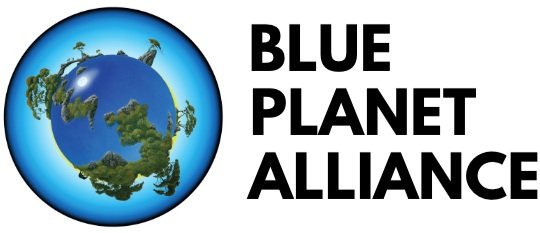Island Innovators
The Blue Planet Alliance Fellowship program launched last week in Hawaii, bringing together leaders from eight islands for a first-hand deep dive to see how the Aloha State got on the path to 100% renewable energy by 2045.
“We've never seen waves like that in our lives.”
After Severe Tropical Cyclone Ofa tore through American Samoa in 1990, then-Governor Togiola Tulafono went back to the village where he is still the high chief, to check on the family. “There used to be a beautiful sandy beach in front of our village,” he recalled this past week, “but when I arrived, I saw the beach had disappeared.”
“I ran around and looked around in other villages just to see what they're going through — and it was exactly the same experience. This is all man-made and this is being brought upon us by forces that are beyond our control and our reach.”
Gov. Tulafono still gets emotional when telling the story that helped him finally realize that climate change was having a devastating impact on his and other islands.
“Practically half of our village church was suspended in midair because the waves had dug from underneath the ground from which it stood,” he remembered. “And I just couldn't help but look around and tears come to your eyes: What are we going to do after this, and how are we going to get all this back? Sadly, we never recovered the beach — we had to tear down the church and rebuild it.”
Gov. Tulafano told this story in Hawaii last week, where he was one of four stakeholders representing American Samoa at the inaugural Blue Planet Alliance Fellowship program. The program convened stakeholders from eight islands — seven from the Pacific and one from the Caribbean — to help them gain insights from Hawaiian leaders just like them who have already taken dramatic action to fight climate change.
“Islands are the most affected by the destructive effects of the climate crisis. They also pay the highest price for fossil-fuel-based electricity. Transitioning to 100% renewable energy is the answer.”
Hawaii was the first U.S. state to legislatively mandate a transition to 100% renewable energy by 2045, the result of years of lobbying, campaigning, and convening by Blue Planet Foundation, a nonprofit founded by climate visionary Henk Rogers. More than 20 U.S. states and territories have since followed suit with their own versions of that mandate to transition away from carbon-based fuels, and Rogers founded Blue Planet Alliance to help island nations and territories replicate the success in Hawaii. The Fellowship program, which officially launched last week, is the first step in a global movement to end the use of carbon-based fuel.
A week-long workshop — with daily activities, cross-island dialogues, sharing of resources and wisdom, and guest speakers from across the public and private sectors, academia, civil society, and utility companies — the Blue Planet Alliance Fellowship program has aims to assemble eight islands twice a year, to help each jurisdiction jumpstart their own 100% renewable-energy transitions. If all goes according to that plan, that would result in nearly 50 islands being put on the path toward 100% renewable energy by 2045, and will amplify the voices of these smaller entities in diplomatic channels. That’s the projected power of the Alliance.

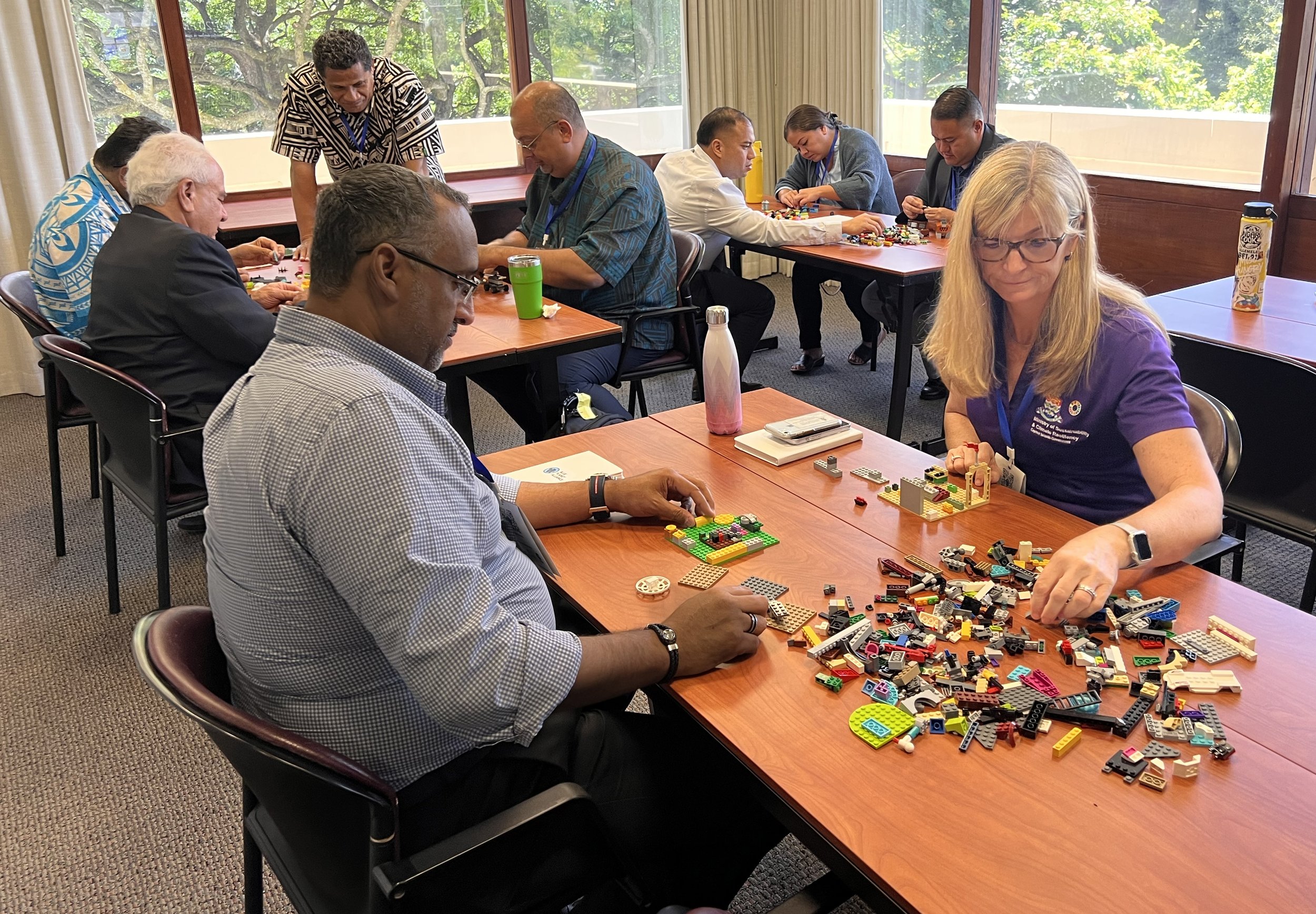
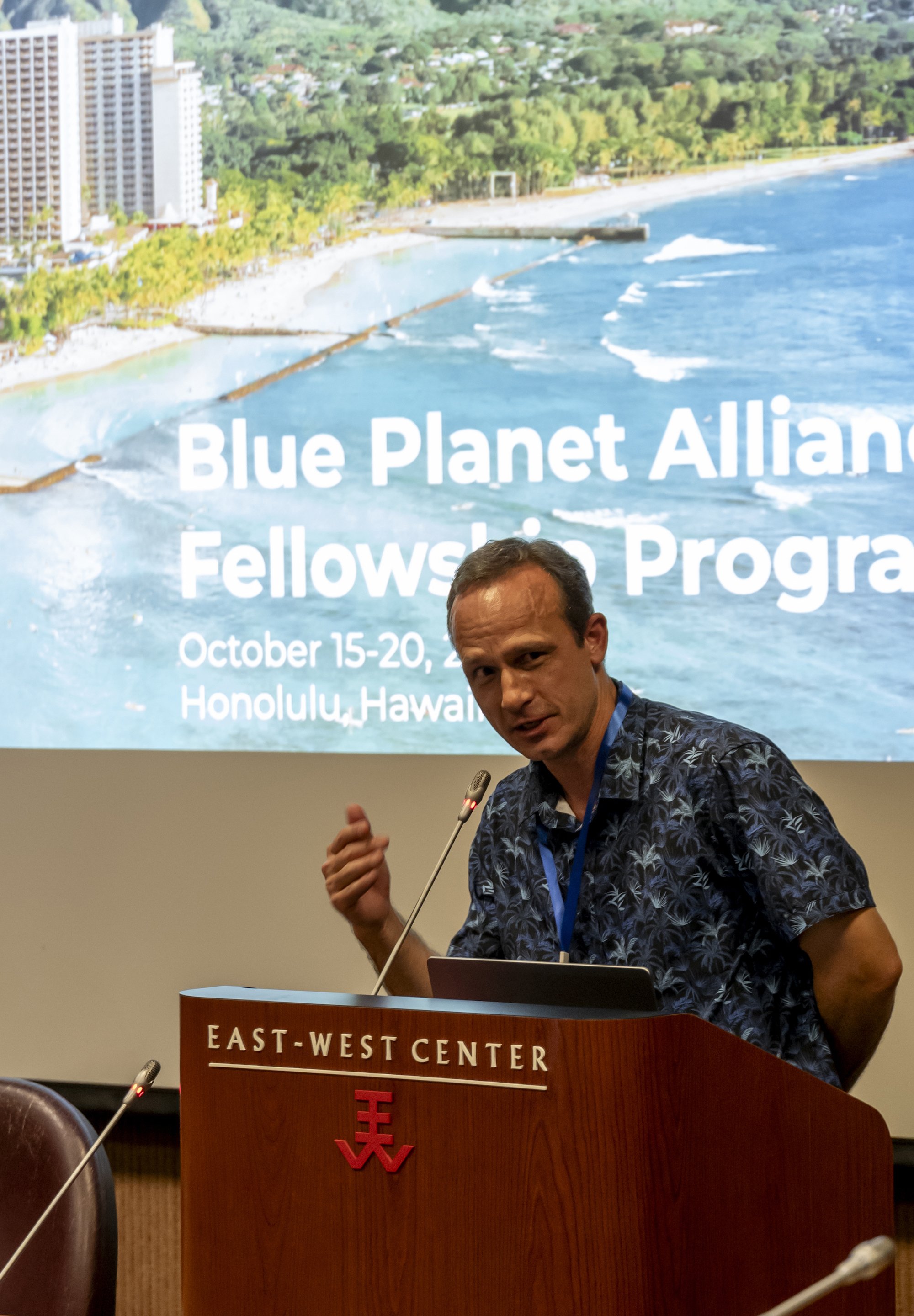
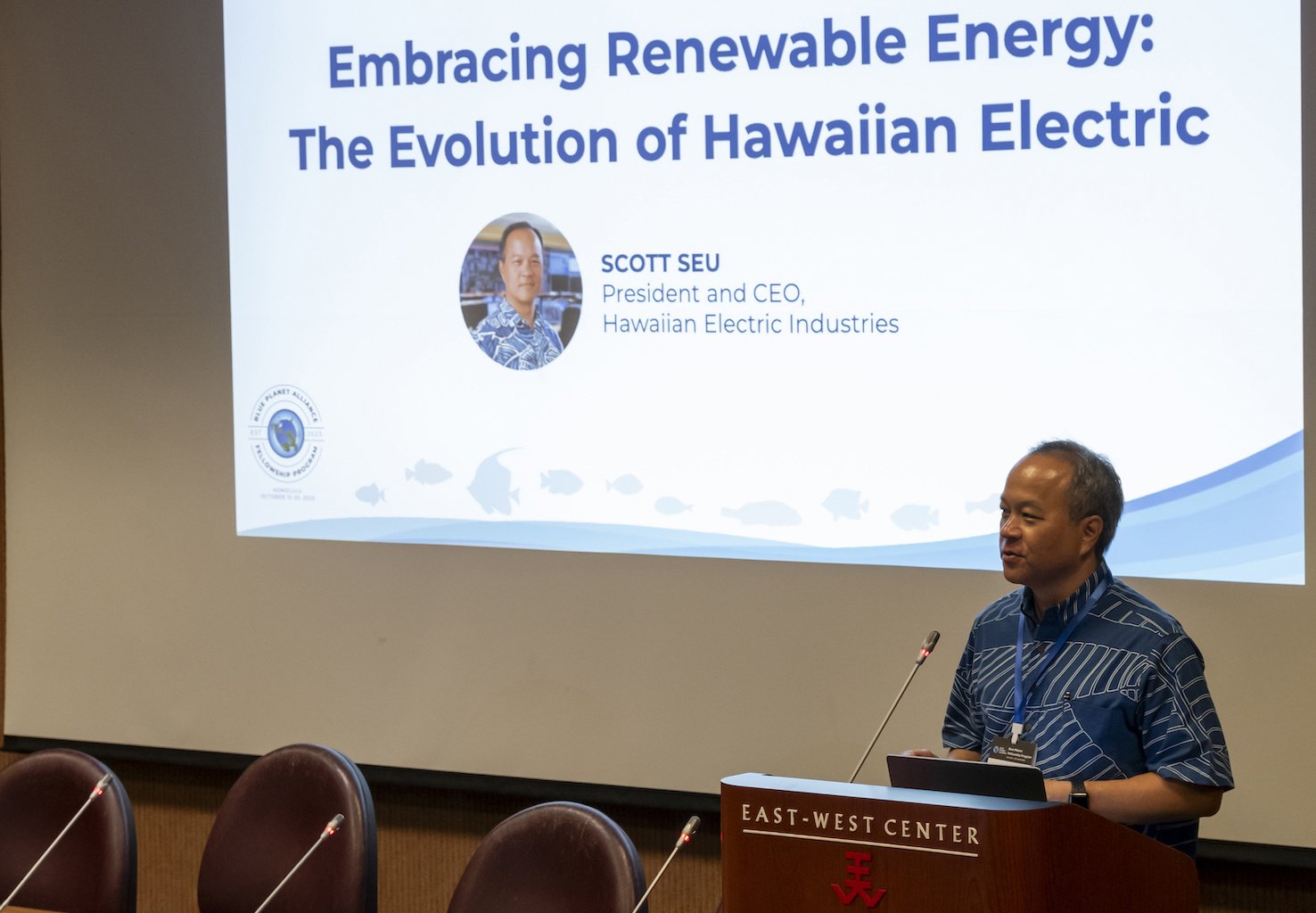
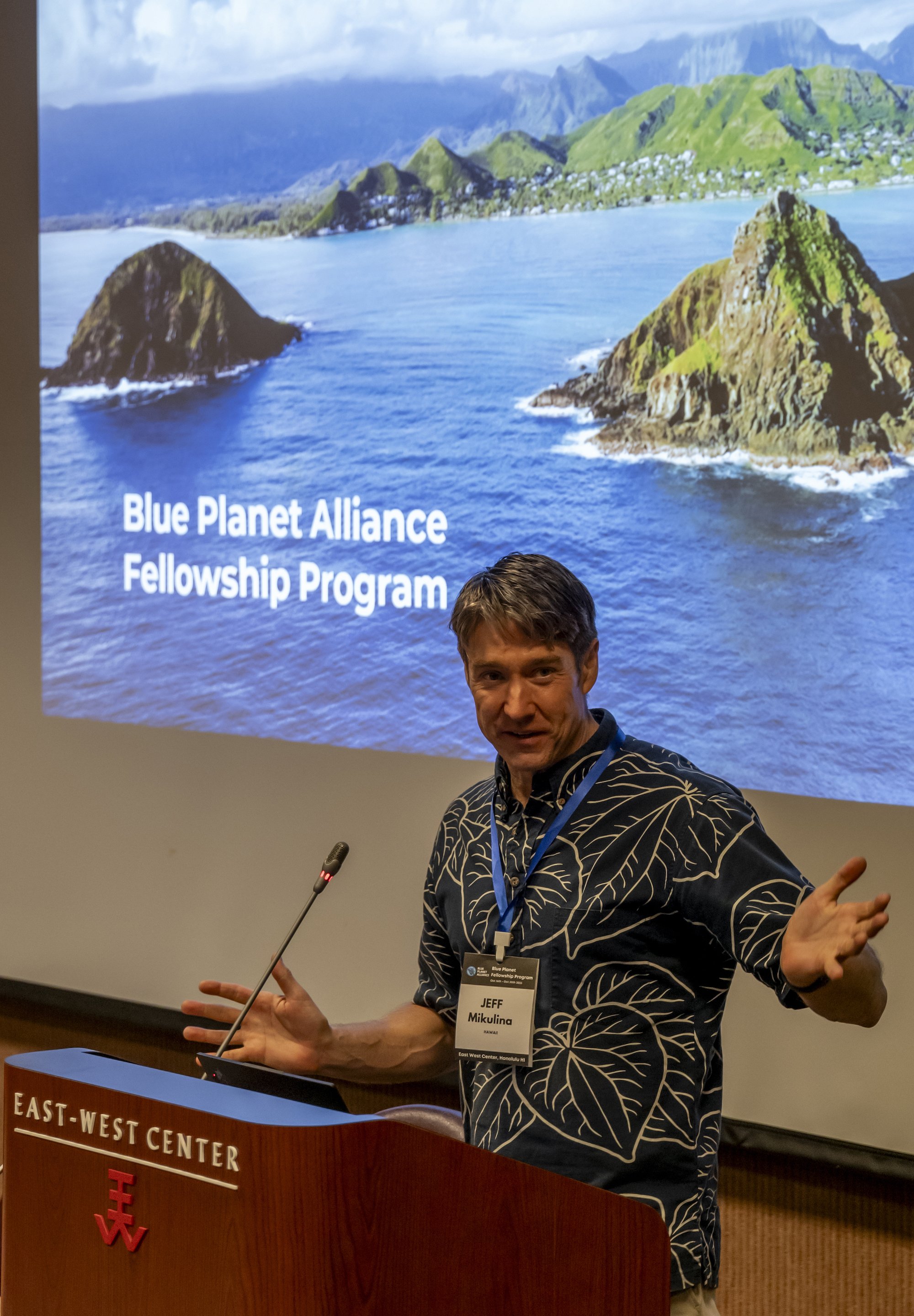
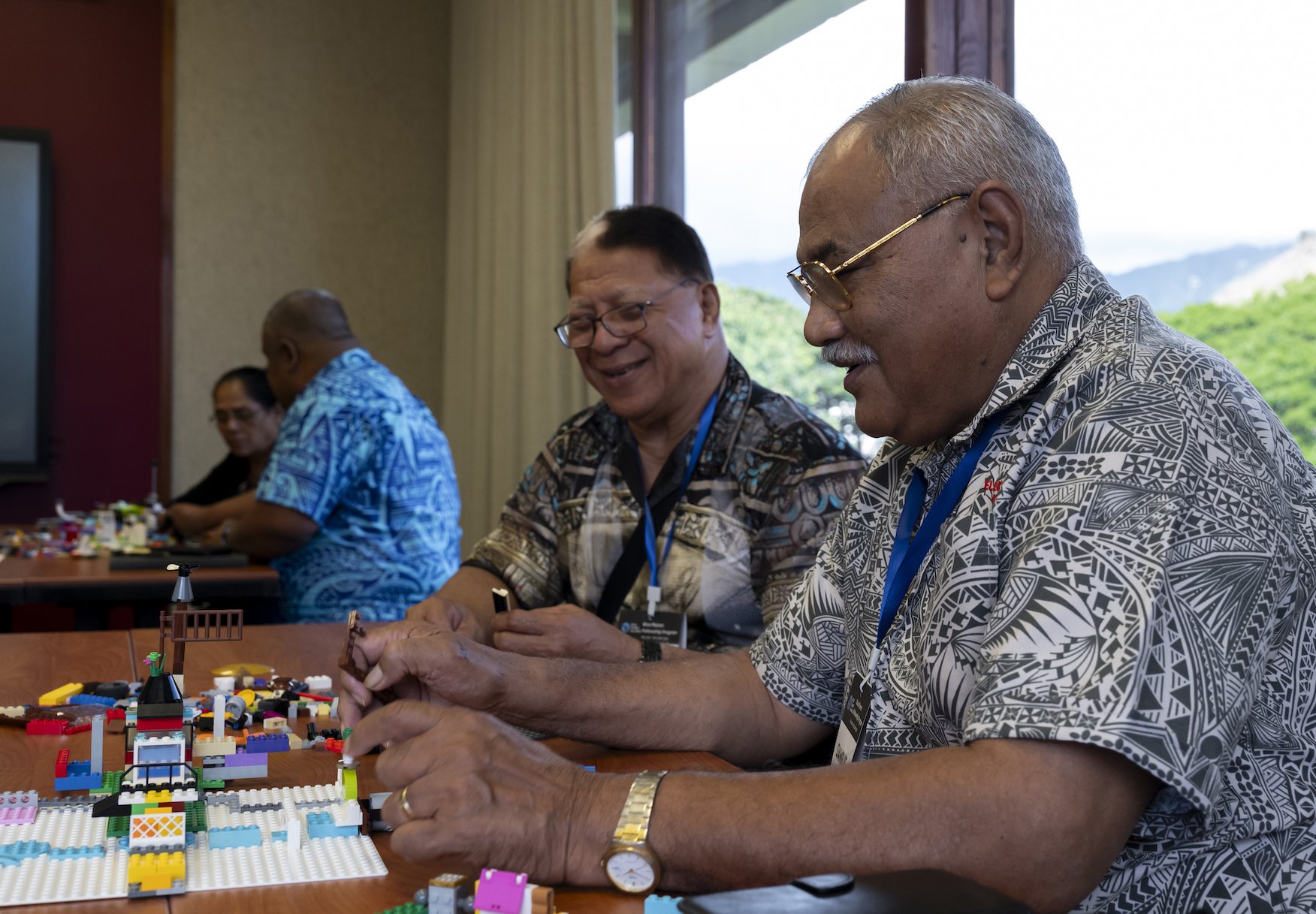
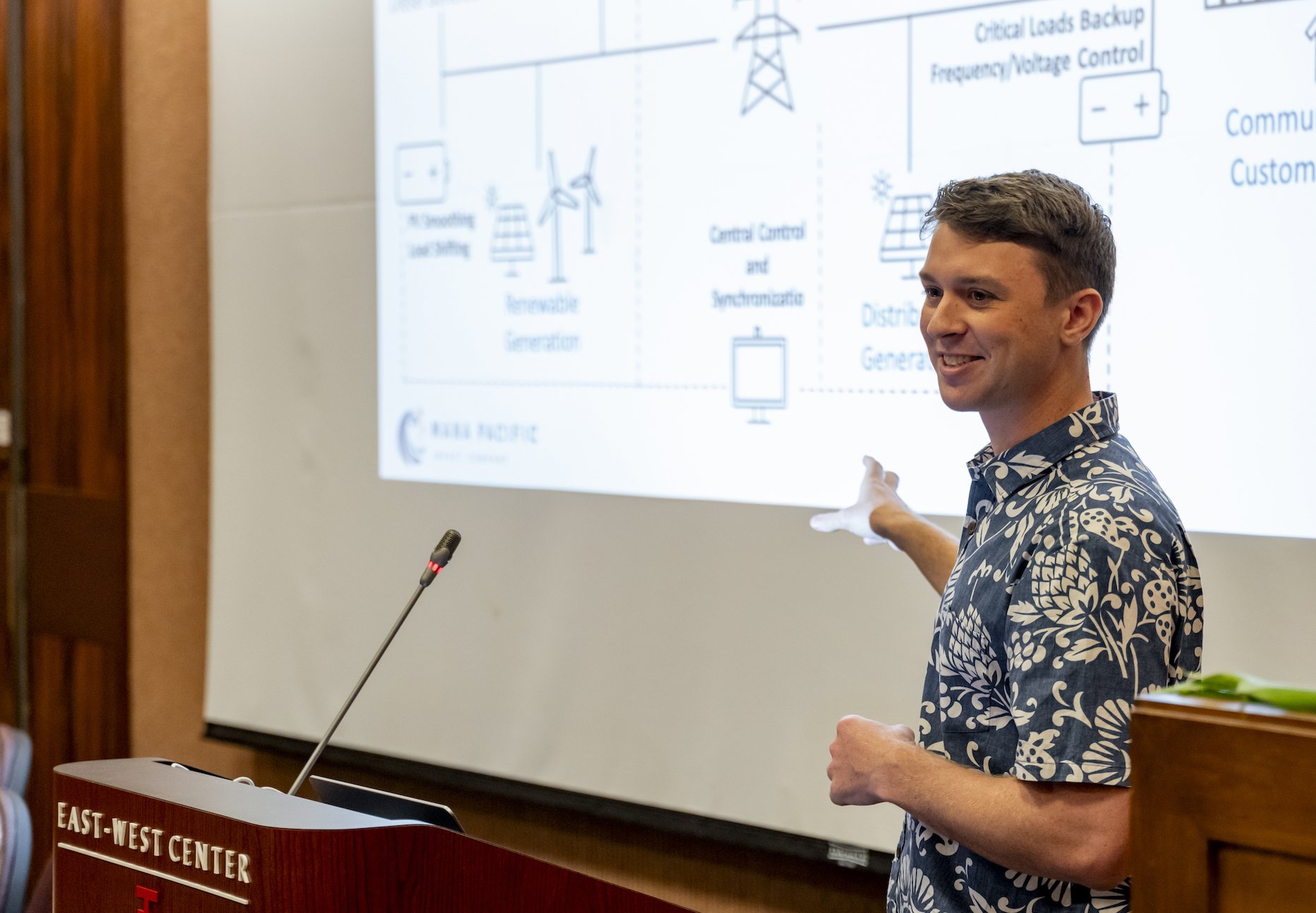
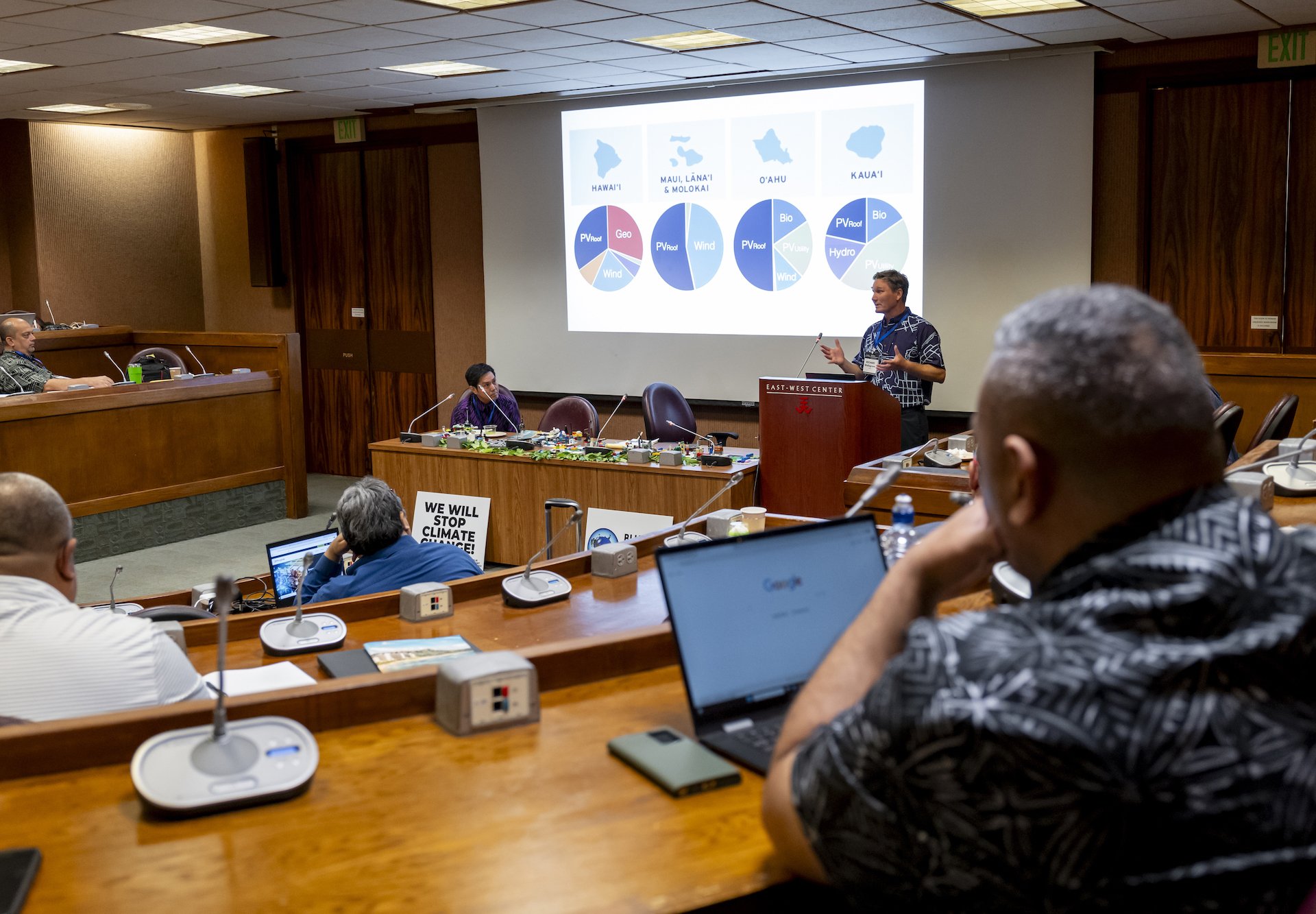
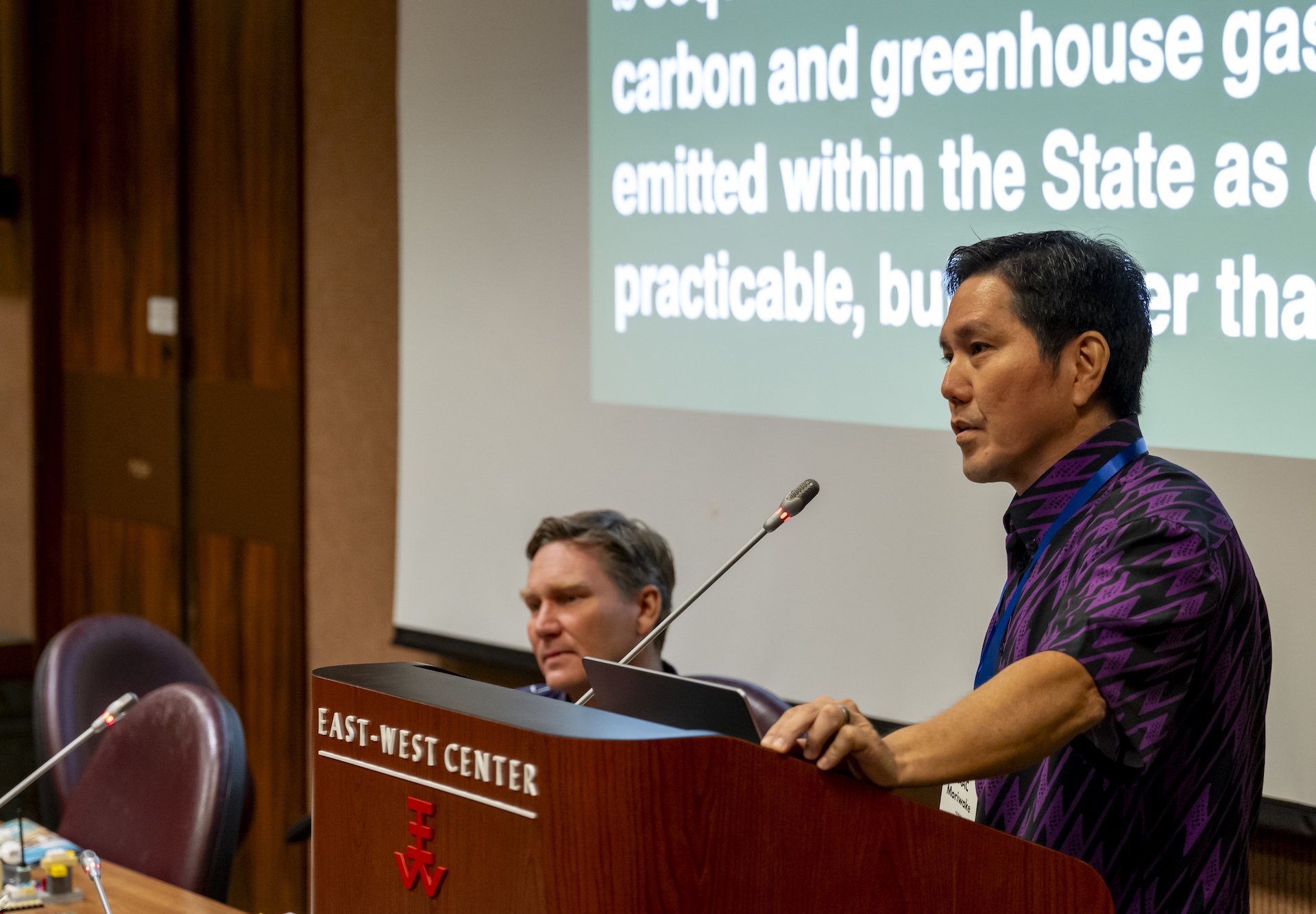
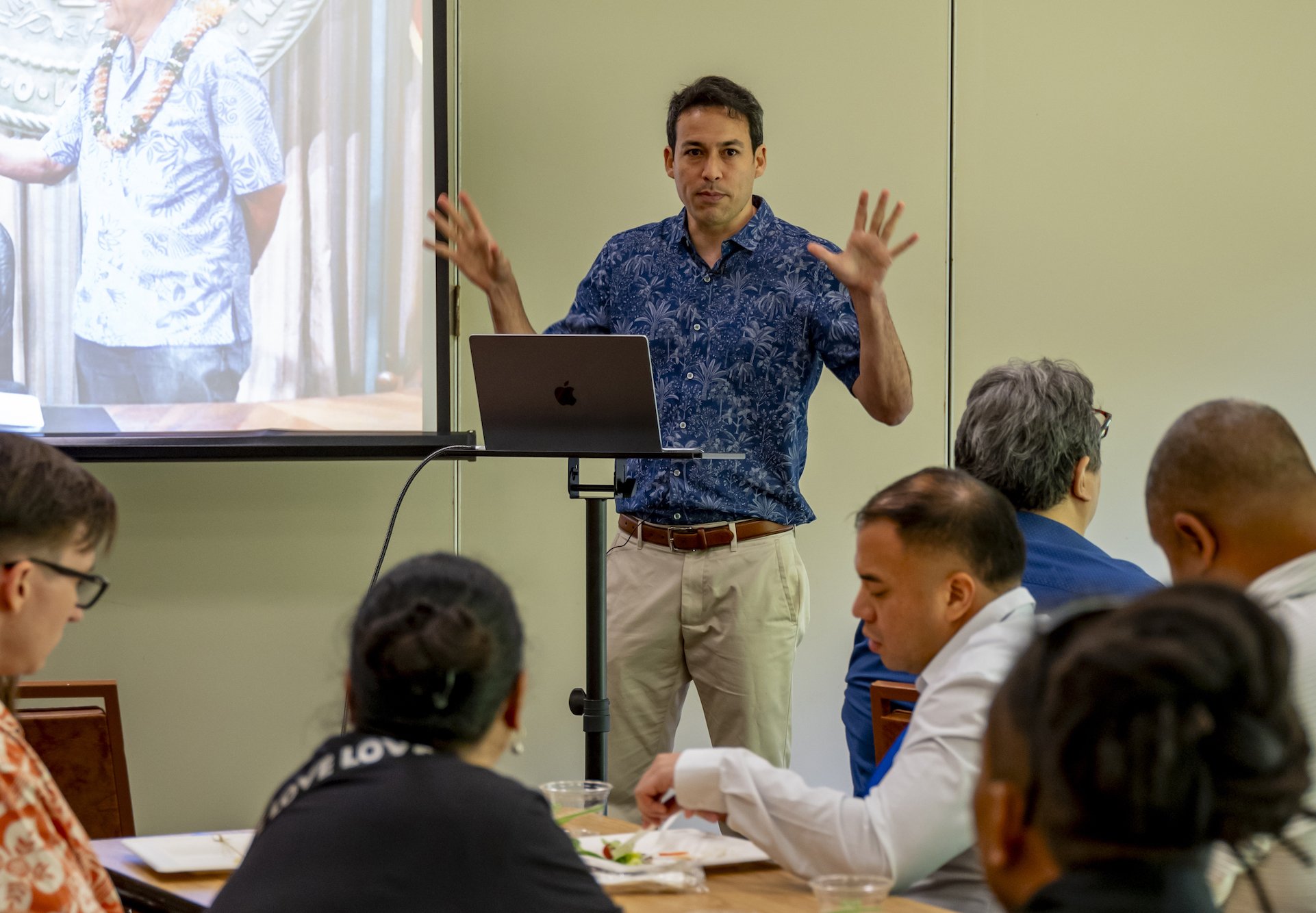
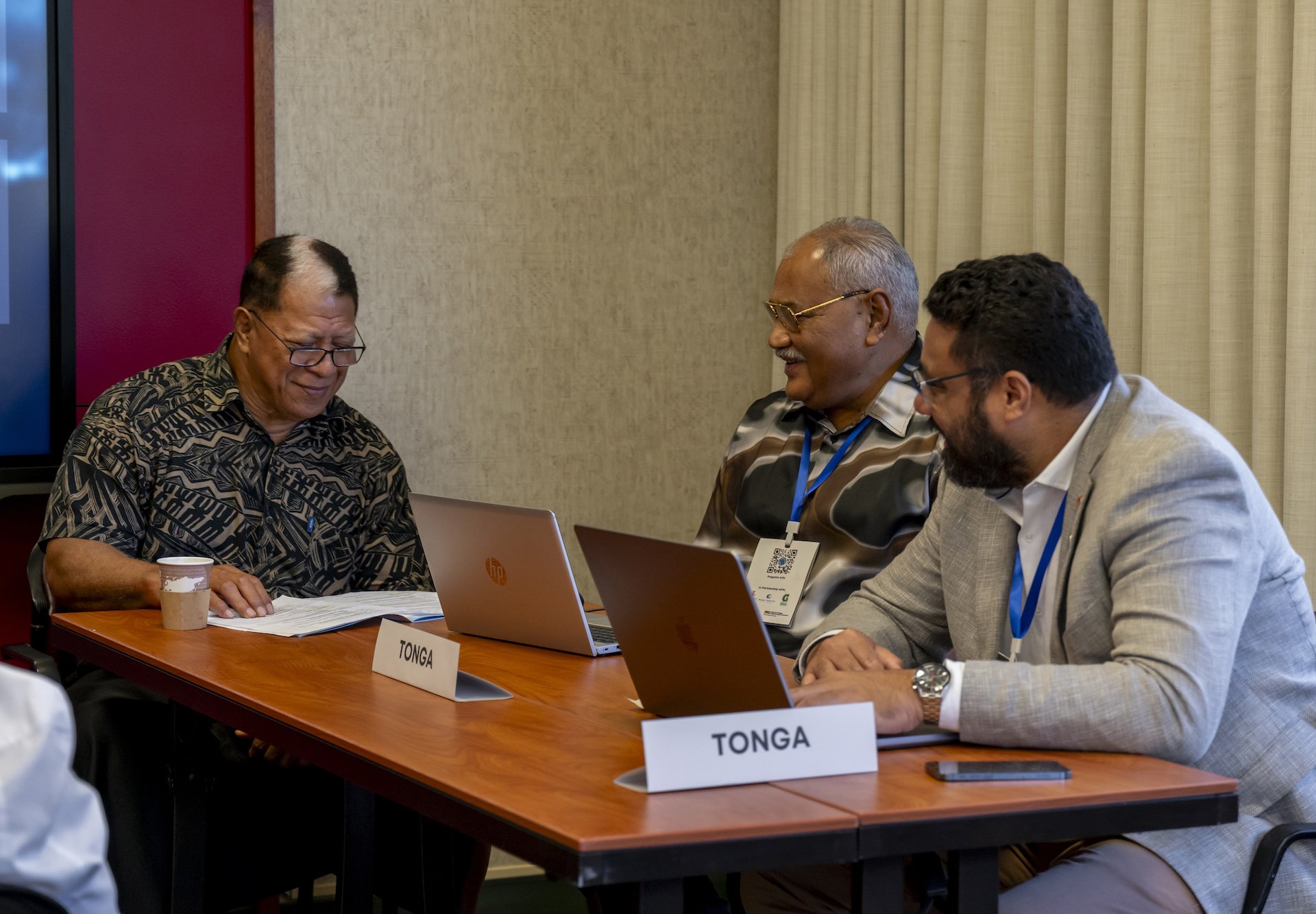
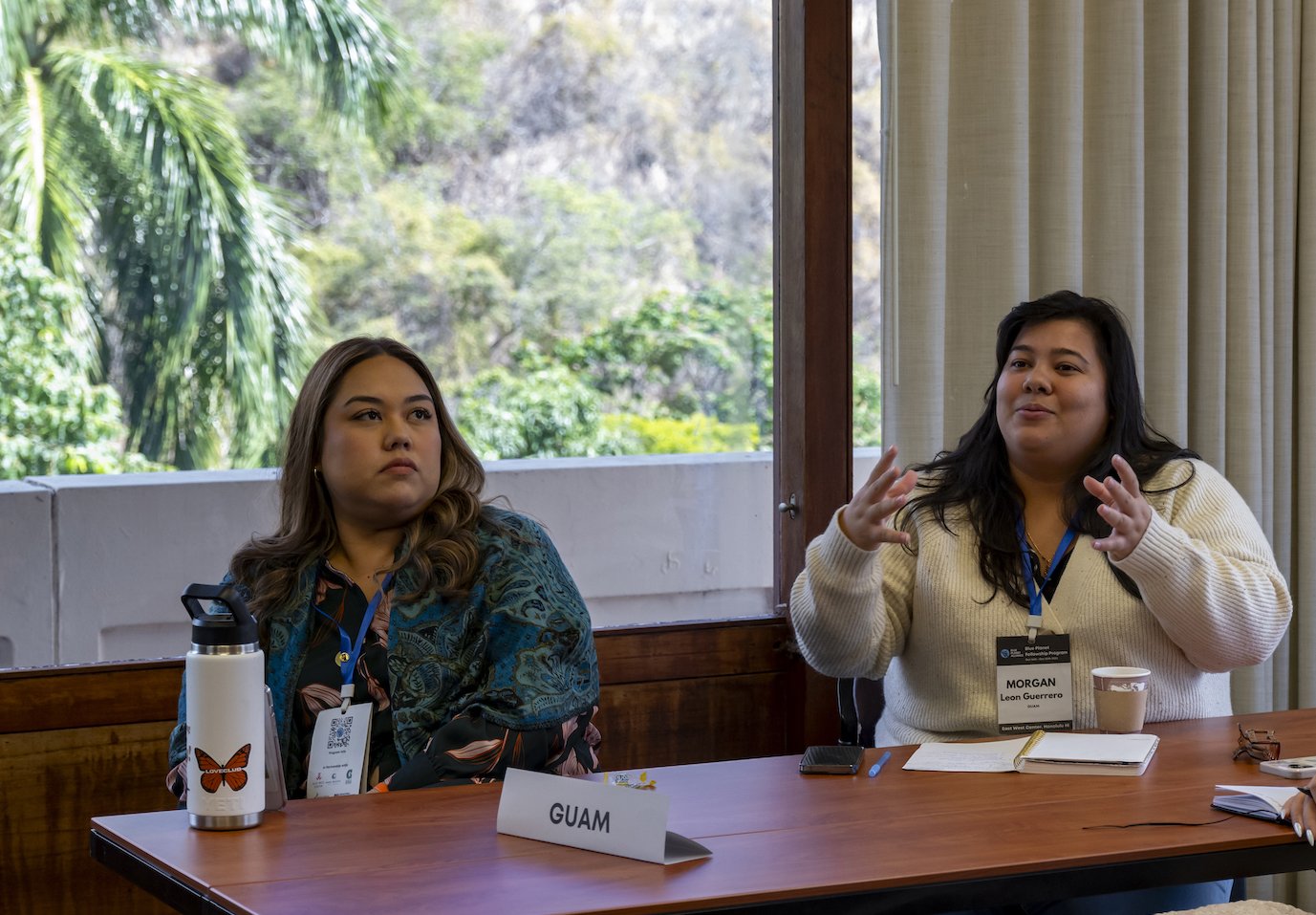
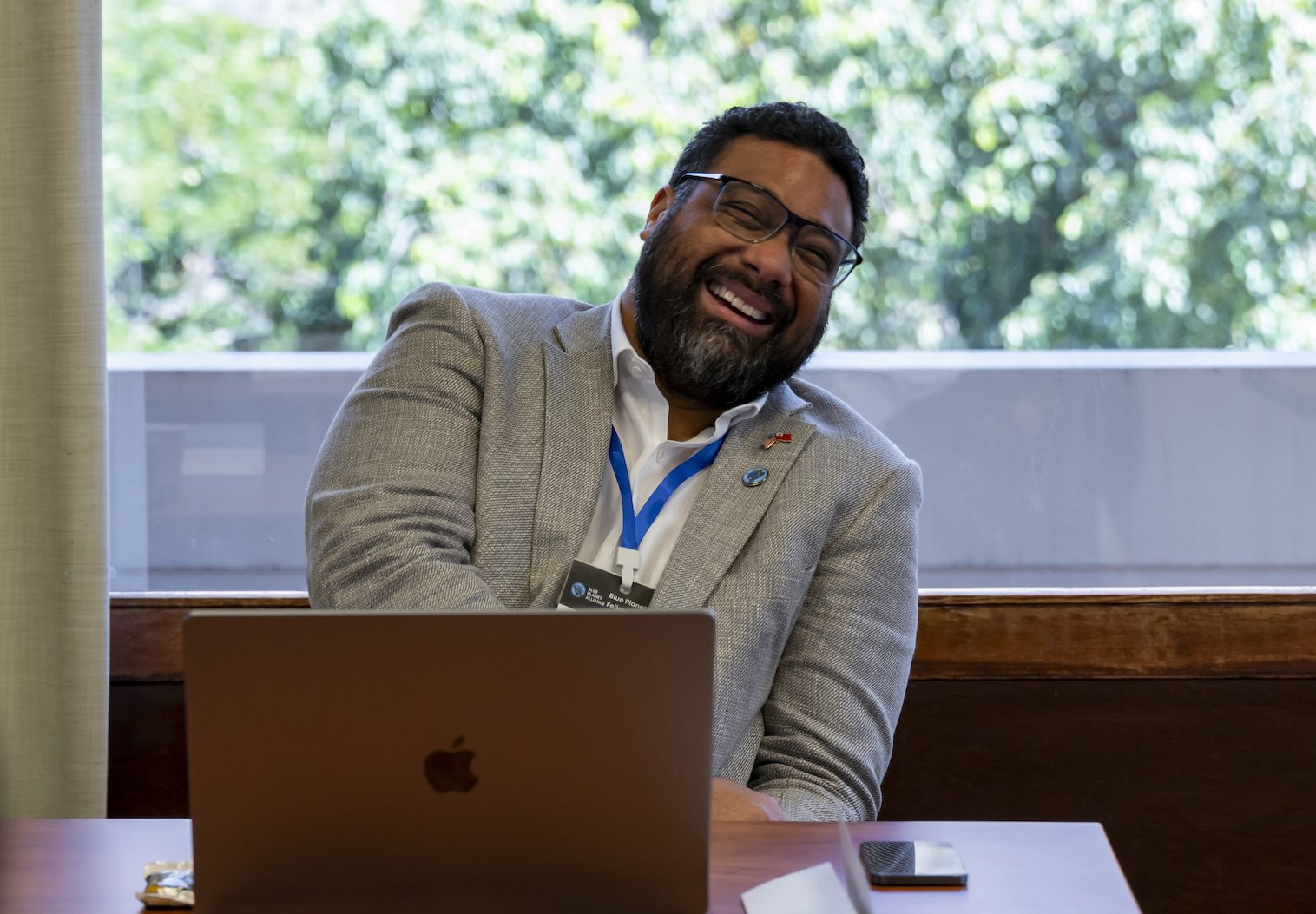
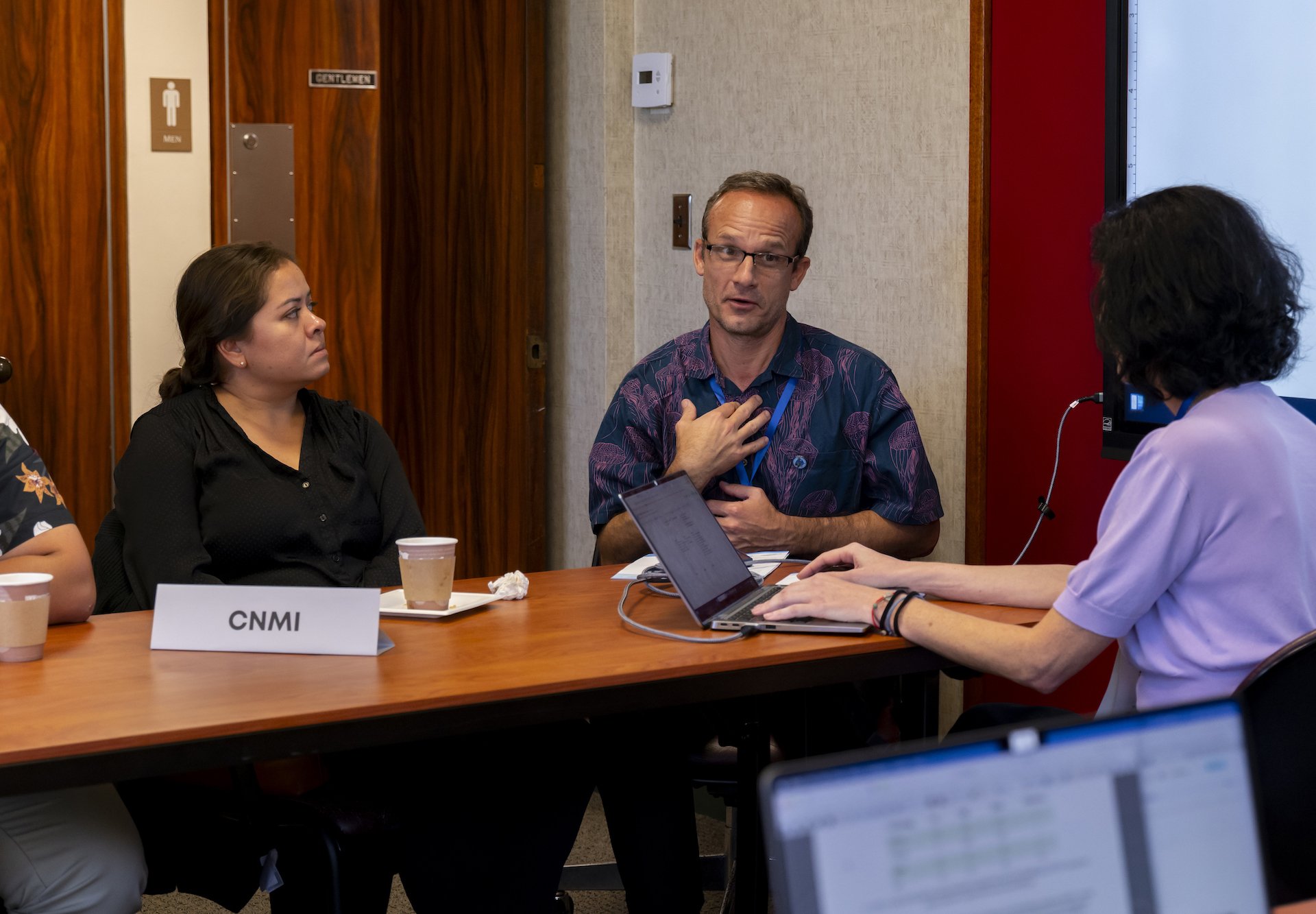
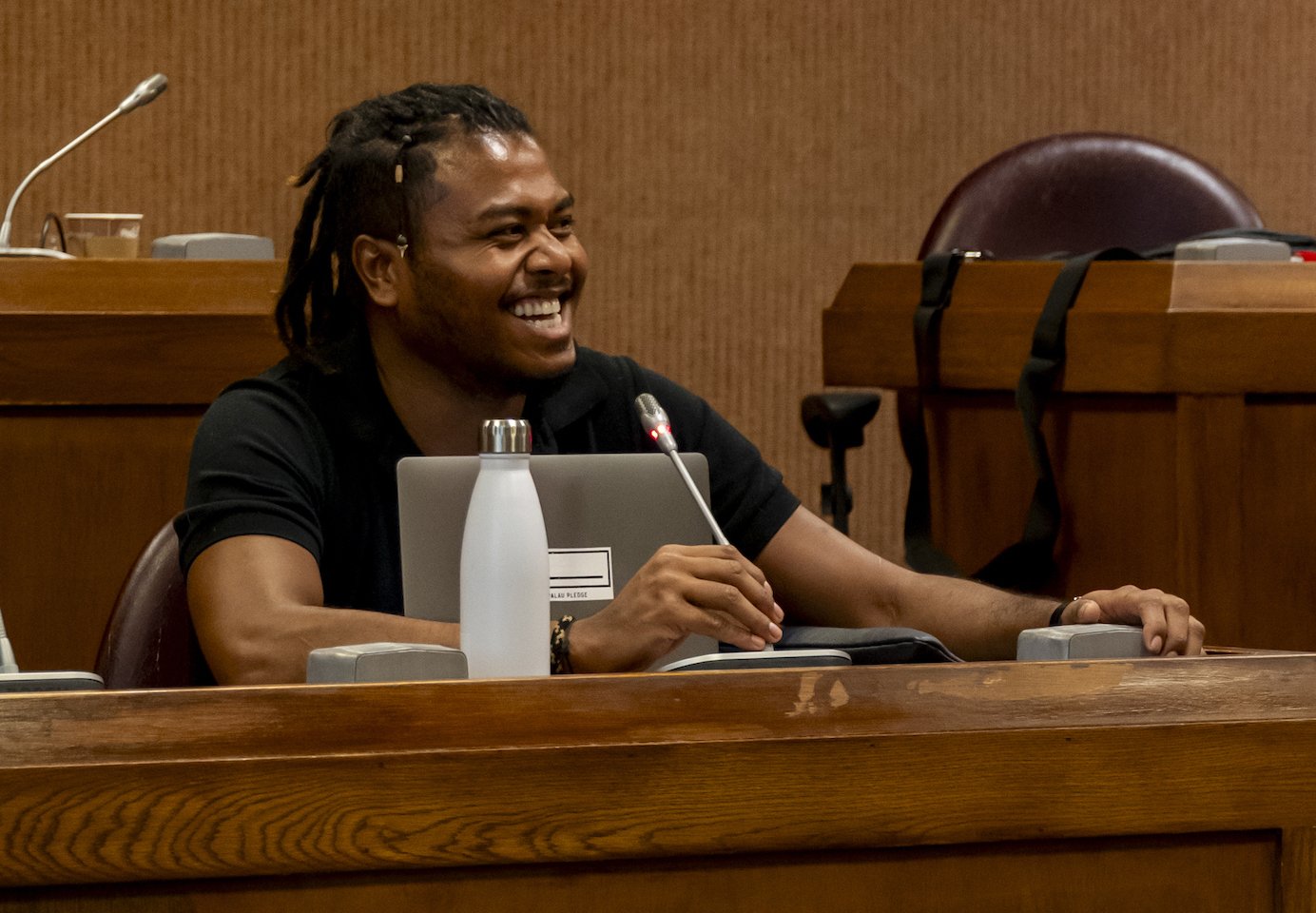

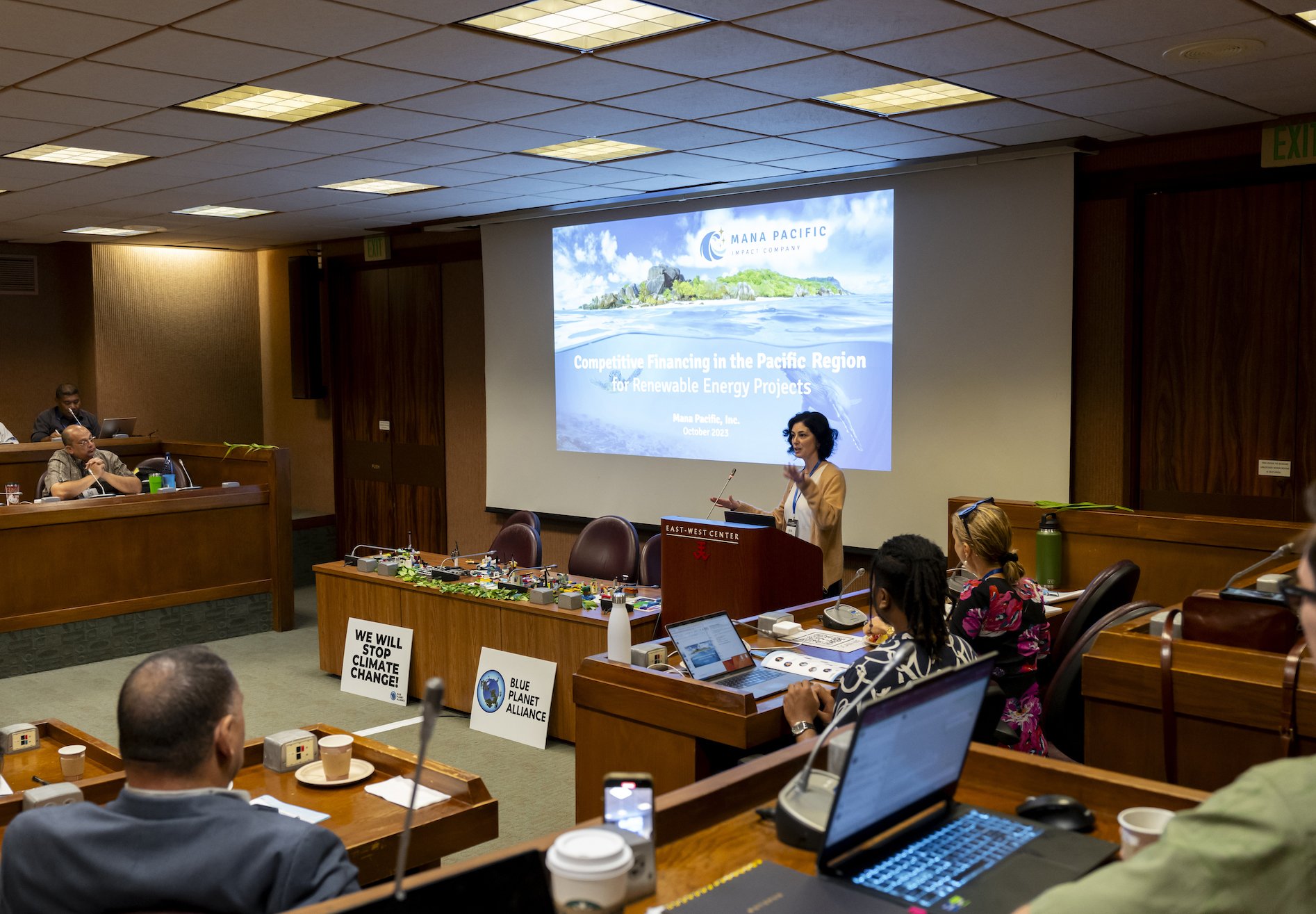
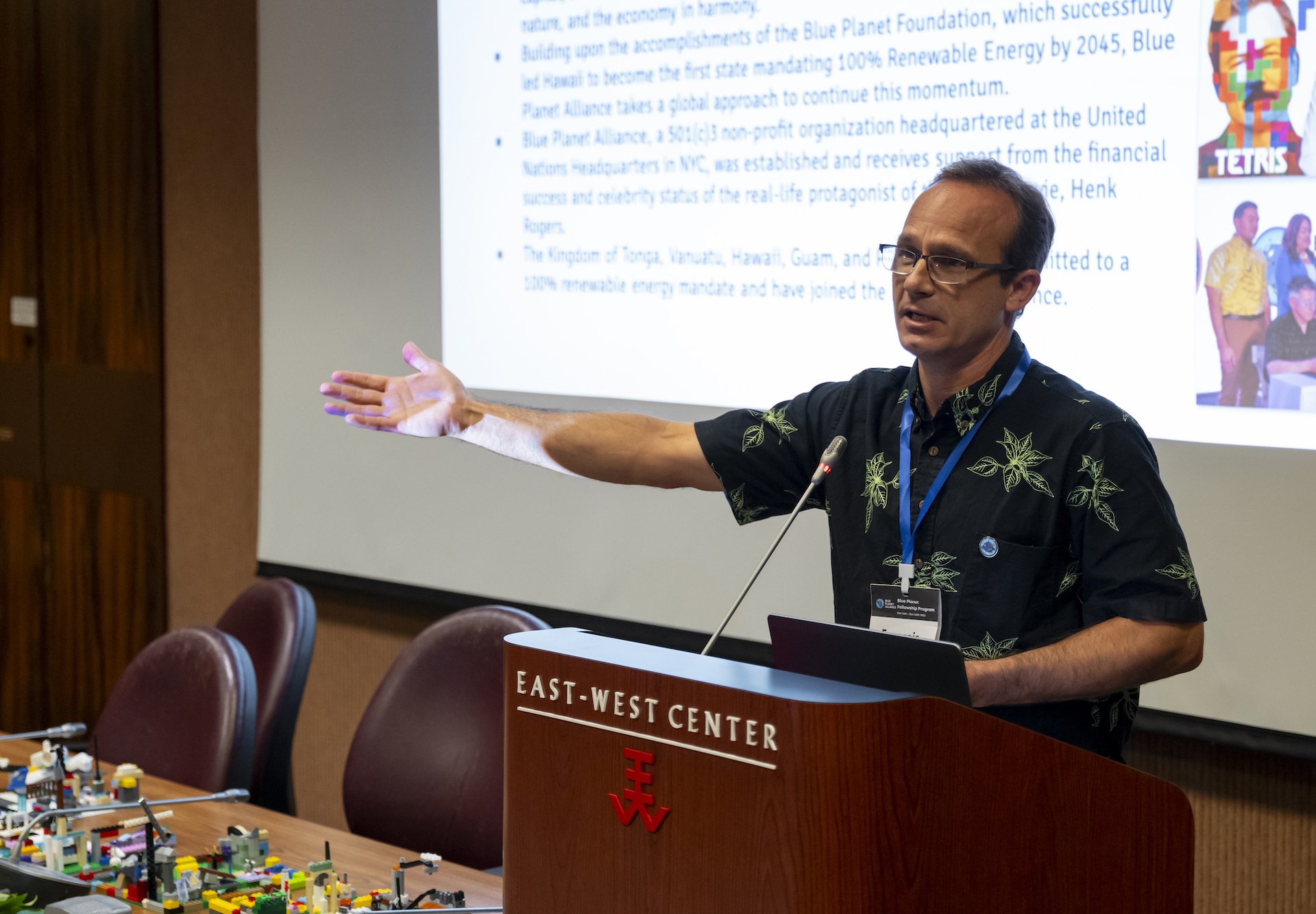
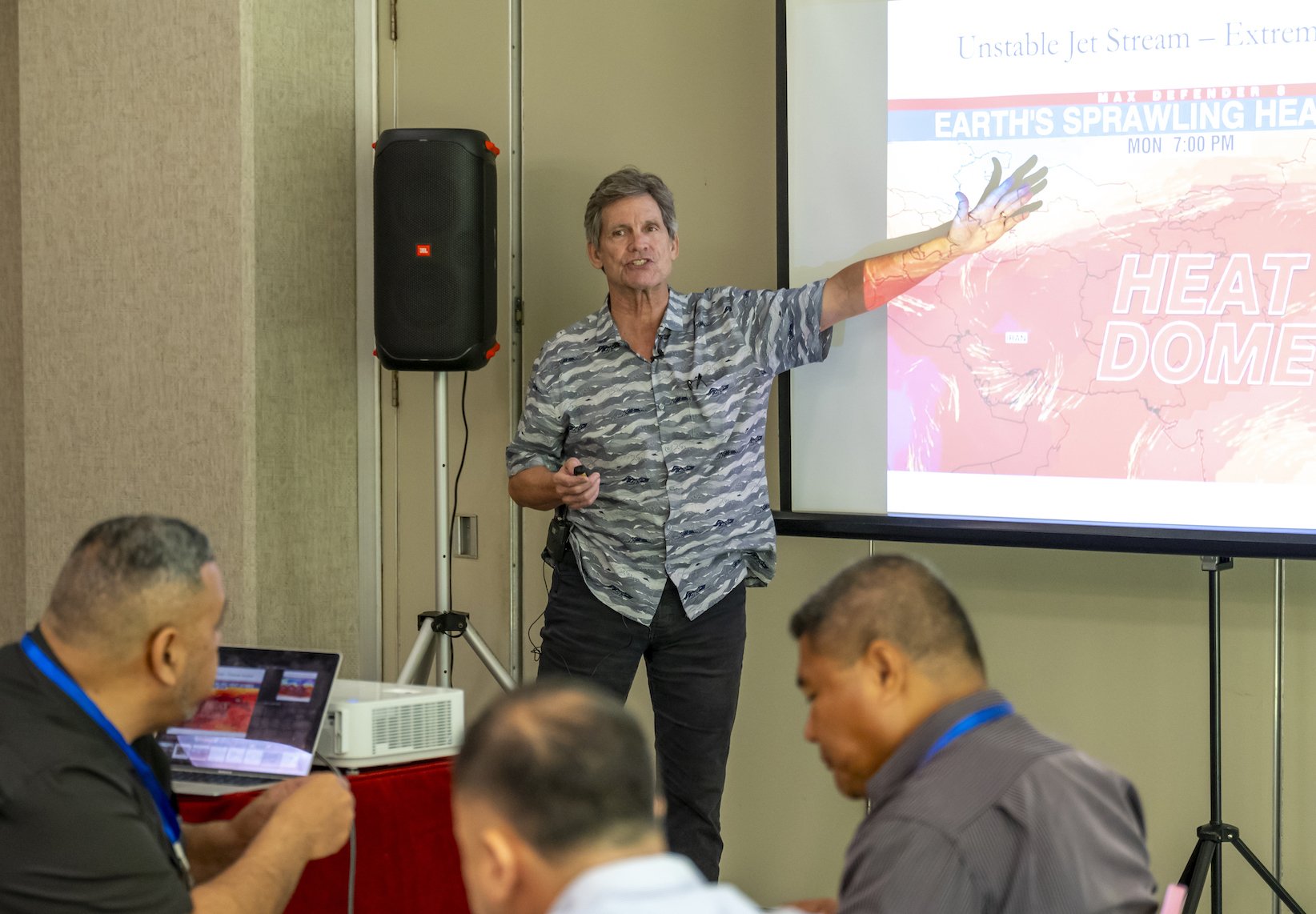
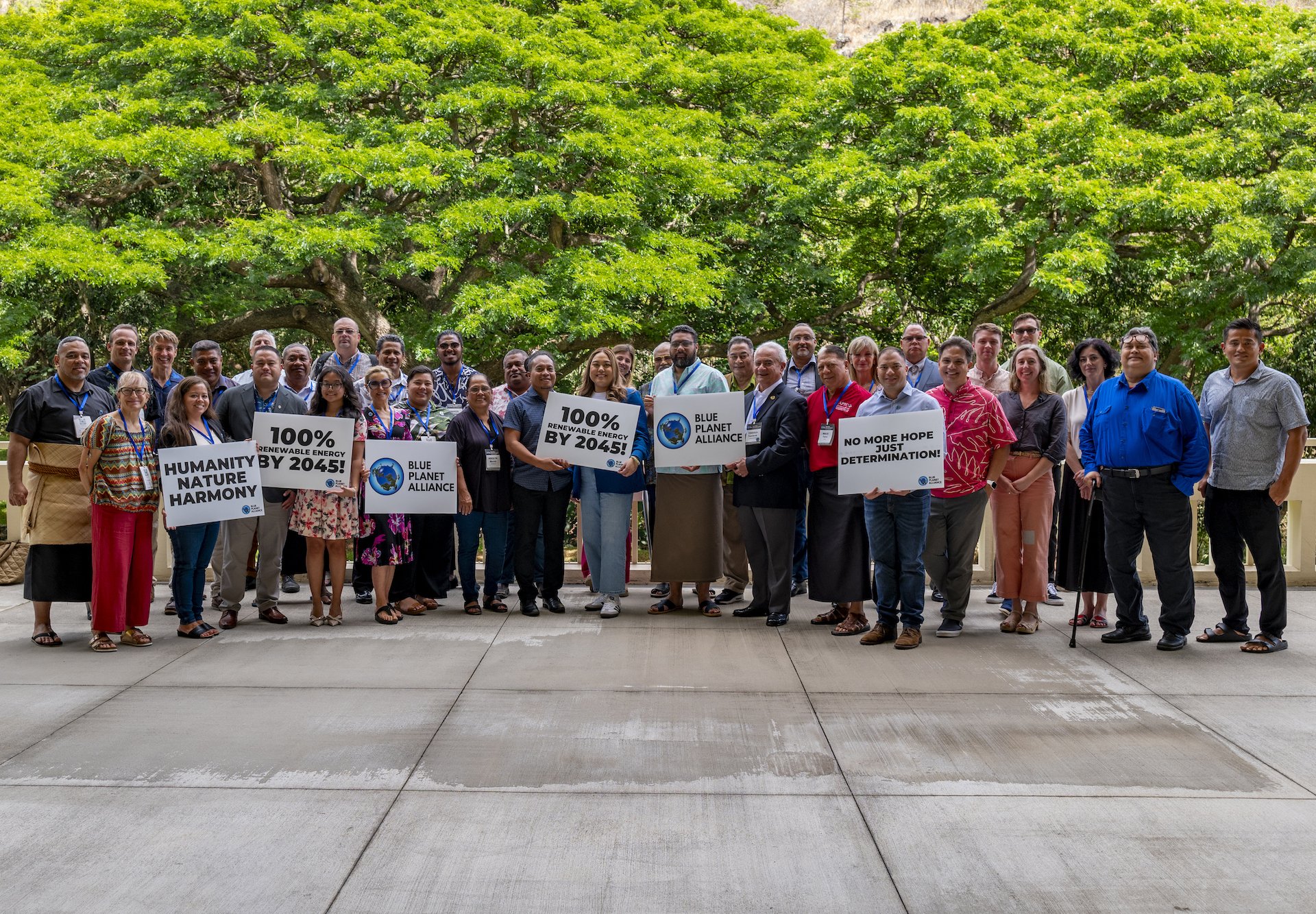
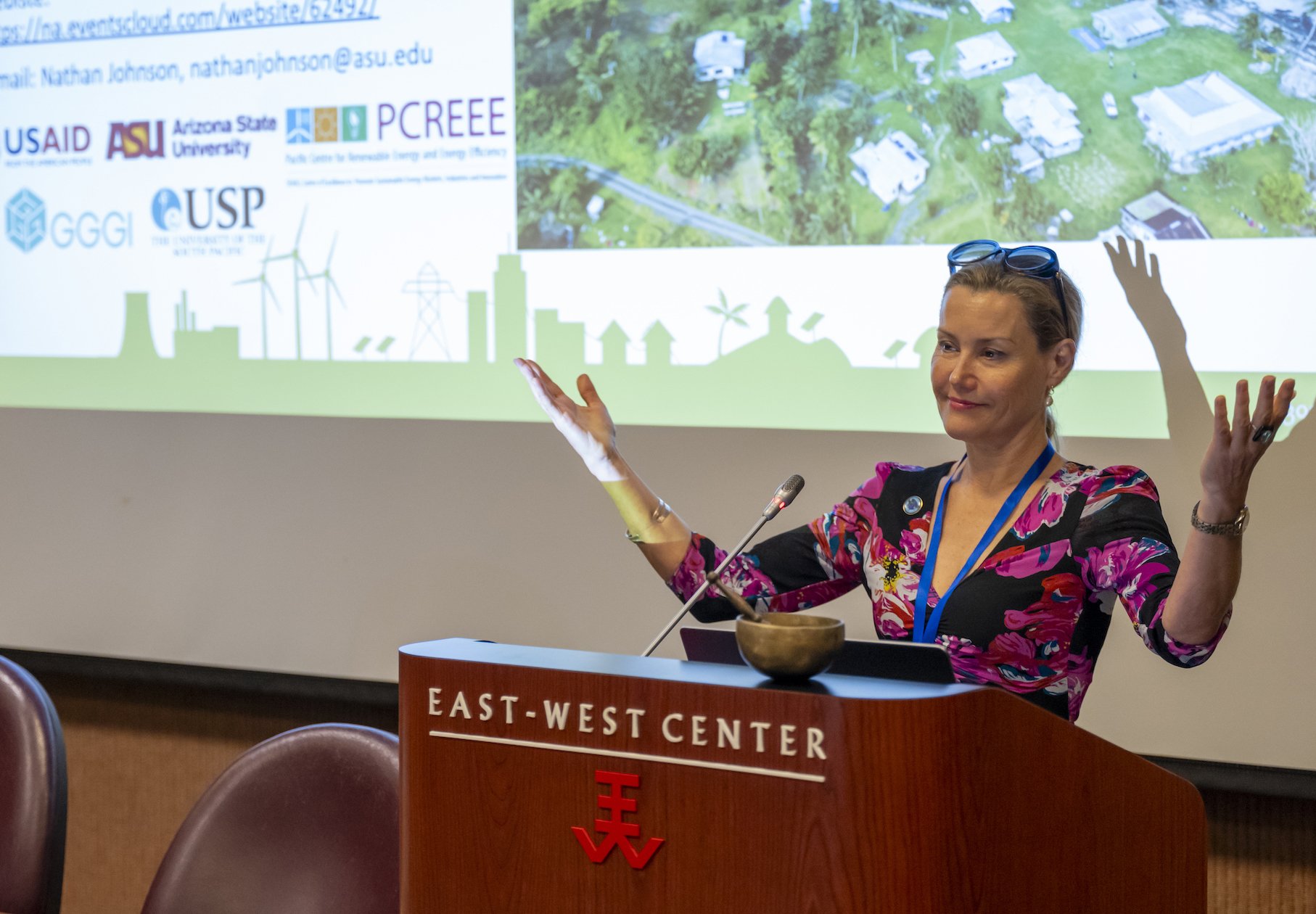
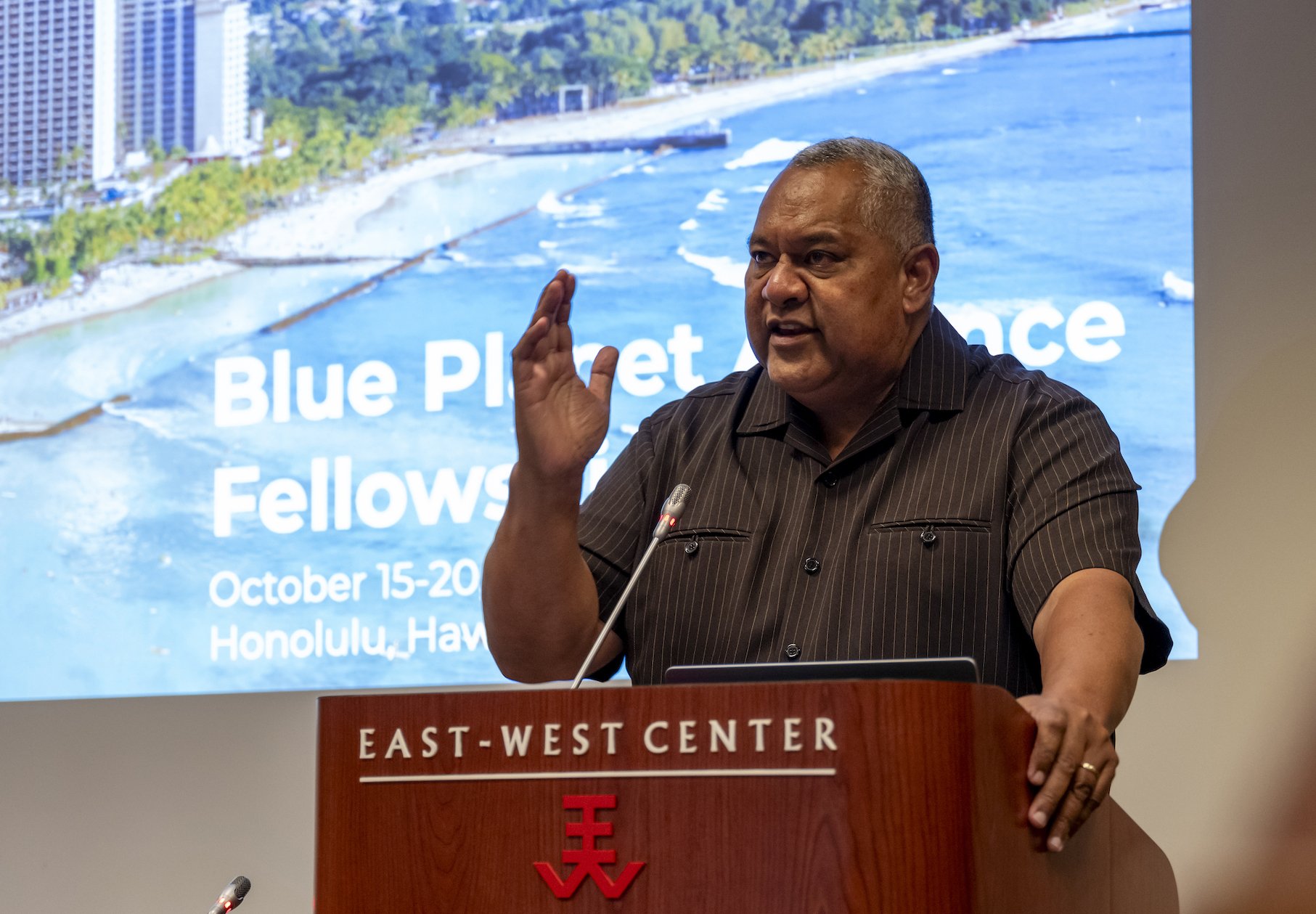
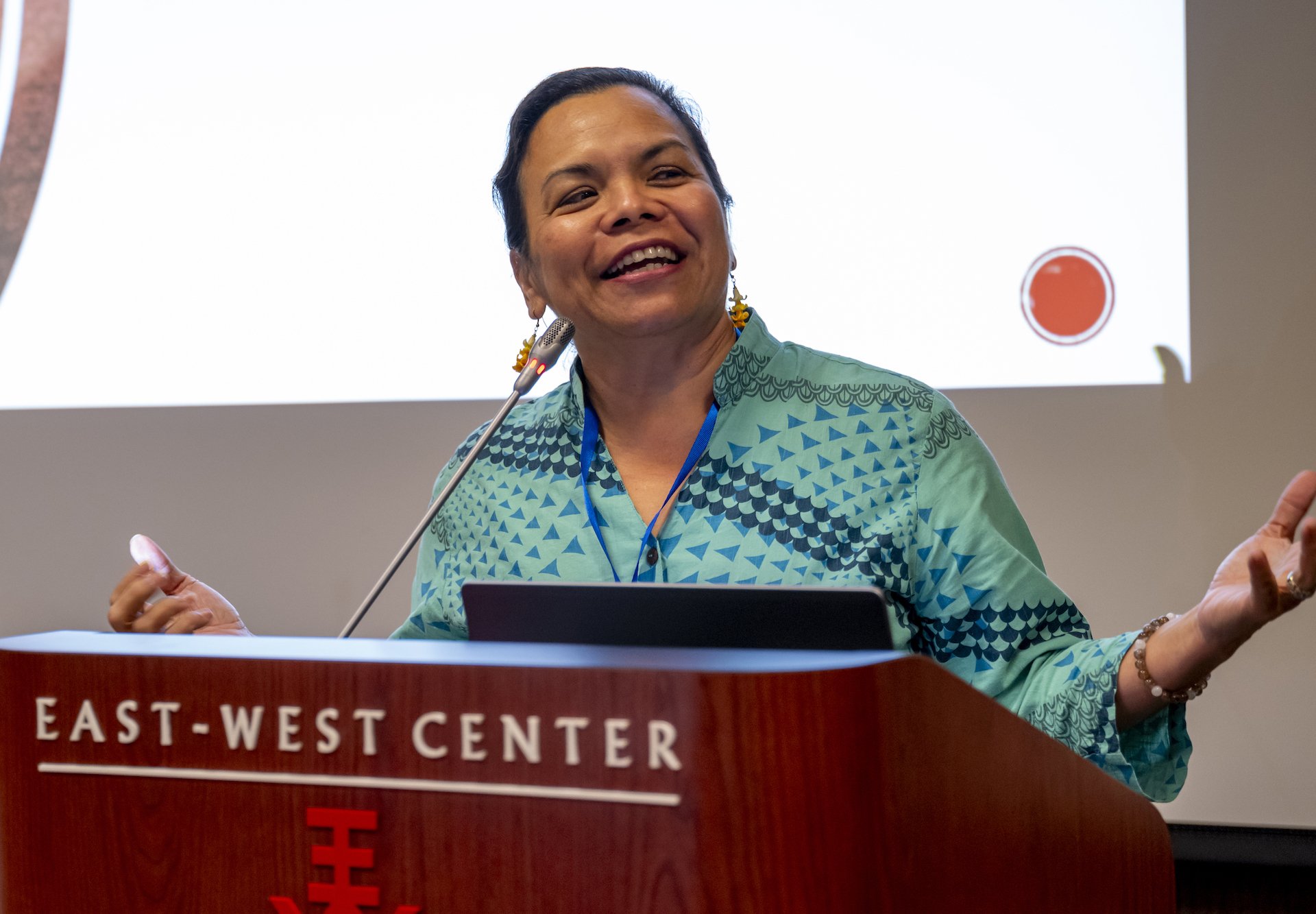
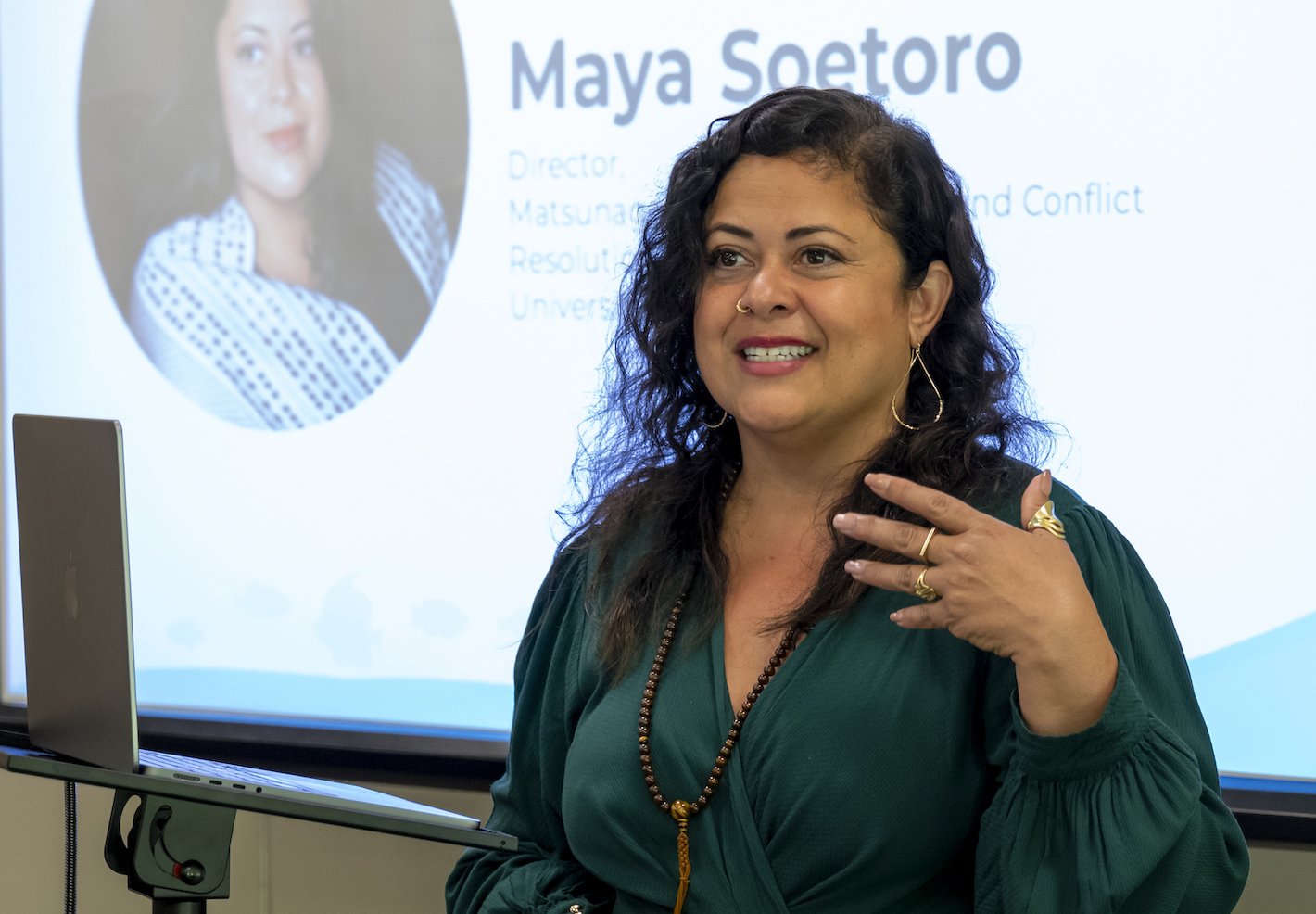
“Islands are the most affected by the destructive effects of the climate crisis,” said Rogers. “They also pay the highest price for fossil-fuel-based electricity. Transitioning to 100% renewable energy is the answer. Islands must be the vanguard in the world’s transition to clean energy. As they transition, they will save a huge amount of money. We are doing it in Hawaii — and that is why we’re welcoming these other islands to Hawaii, to share our renewable-energy story, and work in concert with all of them to help them achieve 100% renewable energy on their islands.”
Blue Planet Alliance founder Henk Rogers addresses the Fellows at the inaugural Blue Planet Alliance Fellowship program
The eight islands — the Kingdom of Tonga, the Government of Tuvalu, Guam, Pohnpei State (Federated States of Micronesia), the Republic of Palau, the Cayman Islands, the Commonwealth of Northern Mariana Islands, and American Samoa — like Hawaii, have a steady supply of solar and wind energy to utilize, and some of them, also like Hawaii, have geothermal and tidal energy to tap.
Powerful Speakers, Speaking About Power
Among the assembled Fellows were a number of elected officials, including former governor (and now Senator) Tulafono from American Samoa; Speaker of the Tonga Legislative Assembly Lord Fatafehi Fakafanua; Senator Amanda Shelton from Guam; Senators Jayson Walter and Herolyn Movick from Pohnpei State; and Representative Manny Castro from CNMI. And addressing all the Fellows were Hawaiian elected officials, such as former Governor David Ige (who signed the Hawaiian bill into law in 2015) and State Senator Chris Lee (who authored the bill), as well as current Governor of American Samoa, Lemanu Palepoi Sialegā Mauga, who addressed the Fellows on the final day. It was imperative to have elected officials in attendance so that they could initiate legislation back on their islands when they returned home.
Former Hawaii governor David Ige speaks at the inaugural Blue Planet Alliance Fellowship program
There were also utility company or energy-industry representatives from each of the eight islands, who could help implement and advise on next steps, and they had a plethora of industry speakers to listen to, from Scott Seu, President and Chief Executive officer of HEI, the parent company of Hawaiian Electric (who noted that his utility is now making more money with renewable energy than they ever did with expensive fossil fuels) to Ali Andrews, CEO and Co-Founder of Shake Energy Collaborative (a Hawaiian-based renewable-energy B corp).
And there were Fellows representing civil society from the eight islands, who play a vital role in making sure that the public and private sectors meet the demands of the people. And civil society speakers at the Fellowship program ranged from Dr. Charles H. Fletcher III, the Dean of the School of Ocean, Earth, Science, and Technology at the University of Hawaii at Manoa, to Maya Soetoro, Director of the Matsunaga Institute for Peace and Conflict Resolution at the University of Hawaii at Manoa.
All of the workshops took place at the University of Hawaii at Manoa’s East-West Center, which was one of Blue Planet Alliance’s lead partners in the program, as were the Julie Ann Wrigley Global Futures Laboratory at Arizona State University; Guam Green Growth; Mana Pacific, Inc., Brooklyn Story Lab; and the University of Guam’s Center for Island Sustainability and Sea Grant.
Each delegation made commitments and pathways to take initial steps on the road to 100% renewable energy. And now that they have all returned to their home islands, they will have monthly check-ins with the Blue Planet Alliance network, to help them navigate any obstacles.
“We've come to learn that the strength, the intensity, of these hurricanes are greatly increased by how the climate has changed,” said Gov. Tulafono. “That's causing all these things to become more intense and more serious. I am grateful to be here to help take the steps needed to put American Samoa on the path to a 100% renewable-energy future.”
